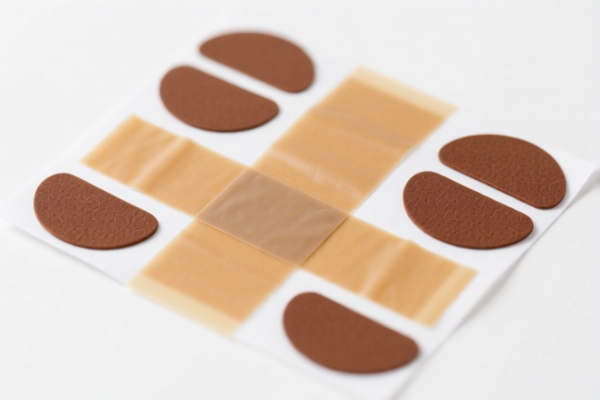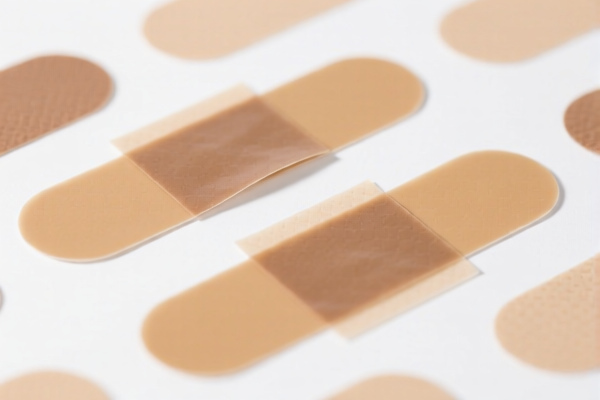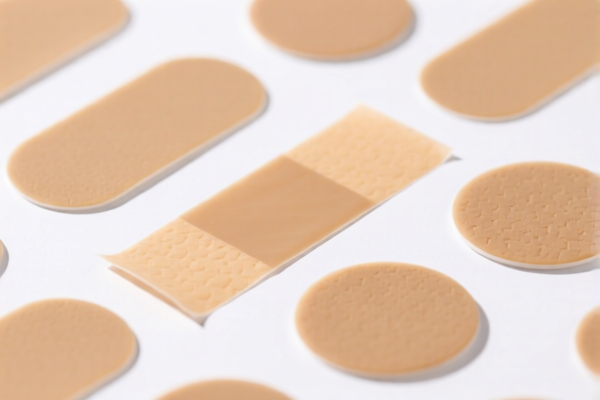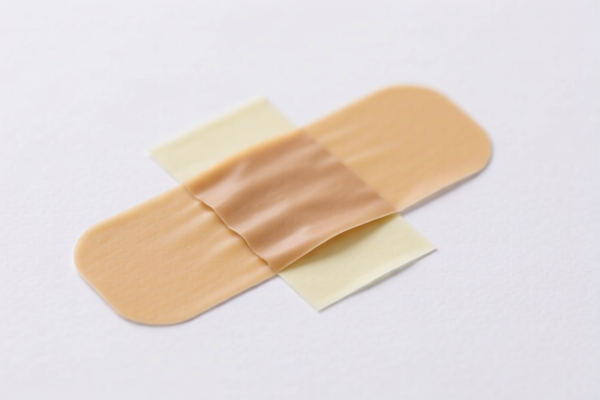| HS Code | Official Doc | Tariff Rate | Origin | Destination | Effective Date |
|---|---|---|---|---|---|
| 3919905060 | Doc | 60.8% | CN | US | 2025-05-12 |
| 3919905010 | Doc | 60.8% | CN | US | 2025-05-12 |
| 3926904000 | Doc | 32.8% | CN | US | 2025-05-12 |
| 3926909989 | Doc | 42.8% | CN | US | 2025-05-12 |
| 8484900000 | Doc | 57.5% | CN | US | 2025-05-12 |




Adhesive Pads
Adhesive pads are pieces of material with pressure-sensitive adhesive applied to one side, used for temporary bonding of items. They are widely utilized across diverse applications due to their convenience and ease of use.
Material
The core material of adhesive pads varies depending on the intended application and required strength. Common materials include:
- Foam: Polyurethane, polyethylene, and acrylic foams are frequently used for cushioning and conformability.
- Paper: Often used for lower-strength applications, such as temporary labeling or light bonding.
- Cloth: Provides increased strength and durability compared to paper.
- Plastic Films: Polyester or polypropylene films offer good chemical resistance and clarity.
- Metal Films: Aluminum or stainless steel films are utilized for high-temperature applications or electrical conductivity.
The adhesive itself is typically acrylic-based, rubber-based, or silicone-based, each offering different properties in terms of tack, shear strength, temperature resistance, and removability.
Purpose
The primary purpose of adhesive pads is to provide a temporary bond between surfaces without the need for permanent adhesives like glue or tape. This allows for easy removal and repositioning.
Function
Adhesive pads function through the principle of pressure-sensitive adhesion. The adhesive layer consists of viscoelastic polymers that conform to the surface irregularities of the materials being bonded. Applying pressure increases the contact area between the adhesive and the surfaces, creating a bond. The strength of the bond depends on the adhesive type, pressure applied, surface cleanliness, and surface energy of the materials.
Usage Scenarios
- Mounting: Temporarily attaching posters, pictures, or decorations to walls without causing damage.
- Electronics: Securing components in electronic devices, providing vibration damping, or thermal management.
- Automotive: Attaching interior trim pieces, emblems, or insulation.
- Medical: Securing dressings, sensors, or electrodes to the skin.
- Crafts and DIY: General-purpose bonding for various projects.
- Construction: Temporary holding of materials during assembly.
- Packaging: Securing flaps or components within packaging.
Common Types
- Double-Sided Tape: A continuous adhesive layer on both sides of a carrier material (paper, film, or foam). Available in various widths and thicknesses.
- Removable Adhesive Pads: Designed for easy removal without leaving residue, often used for wall mounting.
- Foam Tape: Provides cushioning and conformability, suitable for uneven surfaces.
- VHB (Very High Bond) Tape: Acrylic-based tape offering high strength and durability, often used in automotive and industrial applications.
- Conductive Adhesive Pads: Contain conductive particles to provide electrical connection between surfaces.
- Thermal Adhesive Pads: Designed to transfer heat between components, commonly used in electronics.
- Mounting Squares/Dots: Pre-cut adhesive pads for specific mounting applications.
- Bumper Pads: Small, cushioning pads used to reduce noise and vibration.
Adhesive pads generally fall under the category of self-adhesive plates, sheets, film, foil, tape, strip and other flat shapes, of plastics. Here's a breakdown of relevant HS codes based on the provided information:
- 3919905060: This HS code covers self-adhesive plates, sheets, film, foil, tape, strip and other flat shapes, of plastics, whether or not in rolls, categorized as "Other: Other". The total tax rate is 60.8%, comprised of a 5.8% base tariff and a 25.0% additional tariff, increasing to 30% after April 2, 2025.
- 3919905010: This HS code specifically covers self-adhesive plates, sheets, film, foil, tape, strip and other flat shapes, of plastics, whether or not in rolls, categorized as "Other: Other Reflectorized sheeting". The total tax rate is also 60.8%, with a 5.8% base tariff and a 25.0% additional tariff, increasing to 30% after April 2, 2025.
According to the provided reference material, the HS code options related to 'adhesive pads' are limited, with only the following 2 found.
It is important to note that both HS codes have a significant additional tariff (25.0% currently, increasing to 30% after April 2, 2025). Determining the correct HS code will depend on the specific composition and characteristics of the adhesive pads (e.g., whether they are reflectorized).
Customer Reviews
No reviews yet.